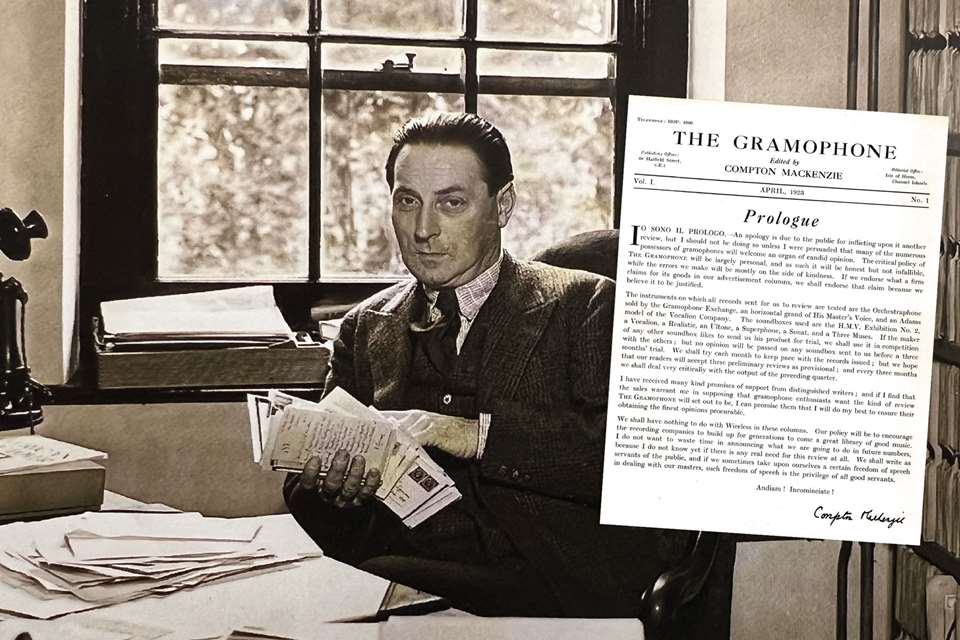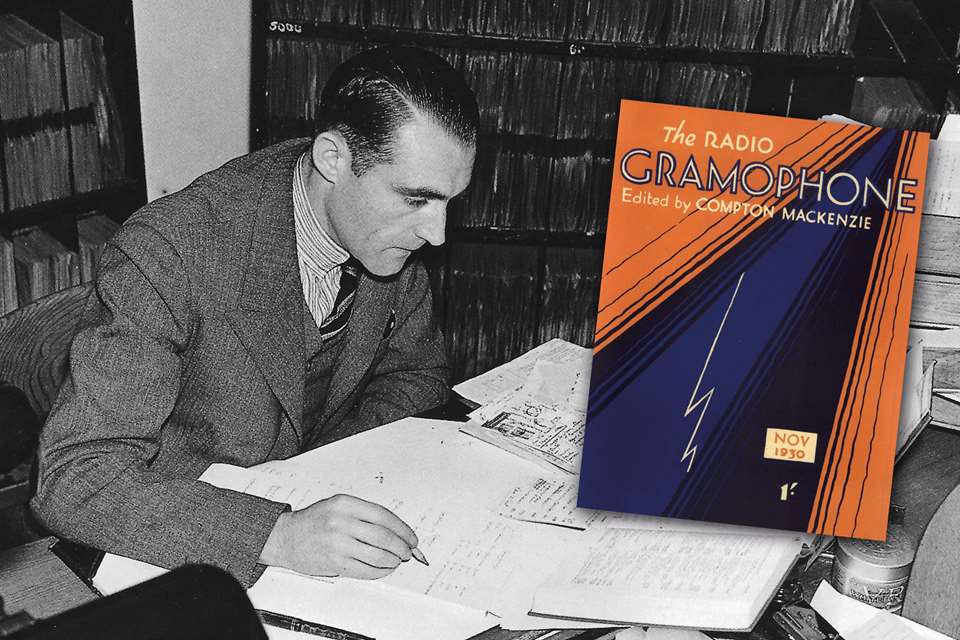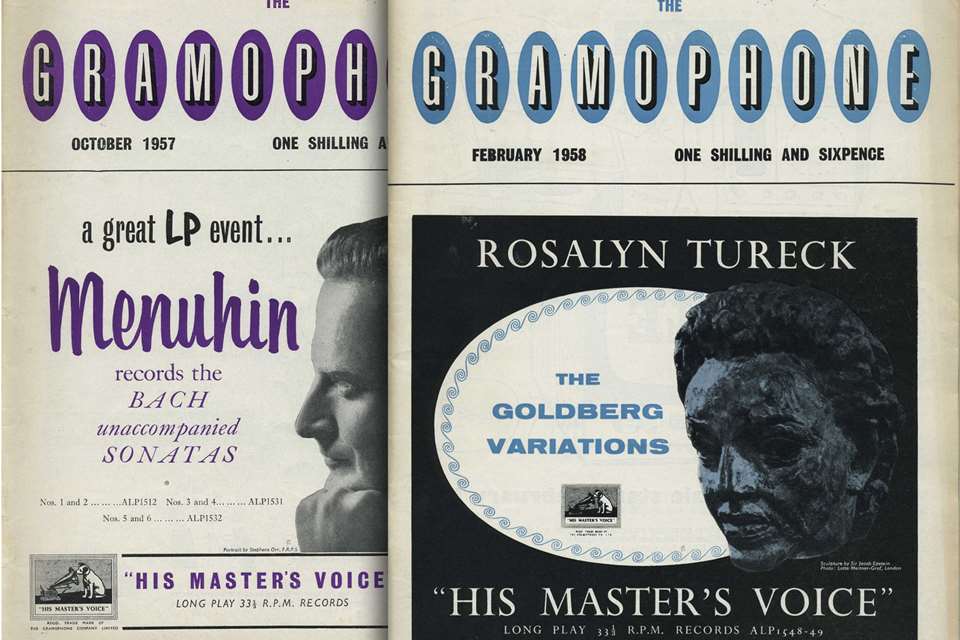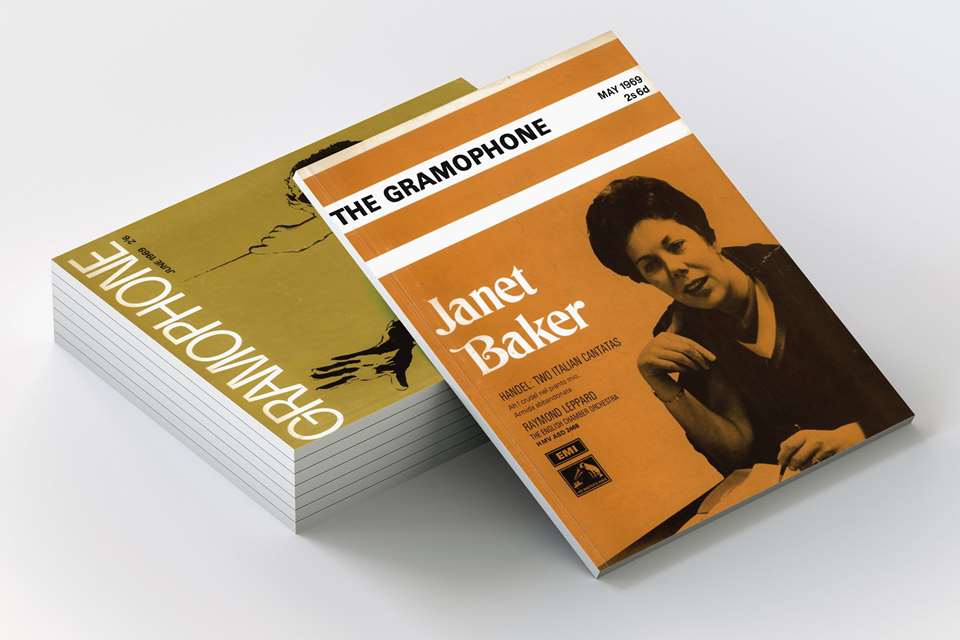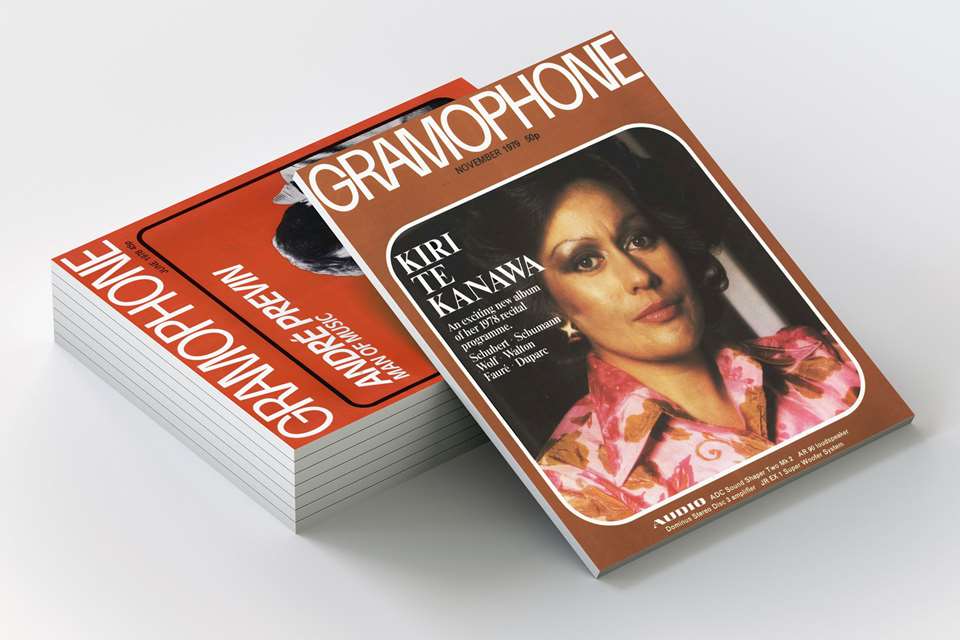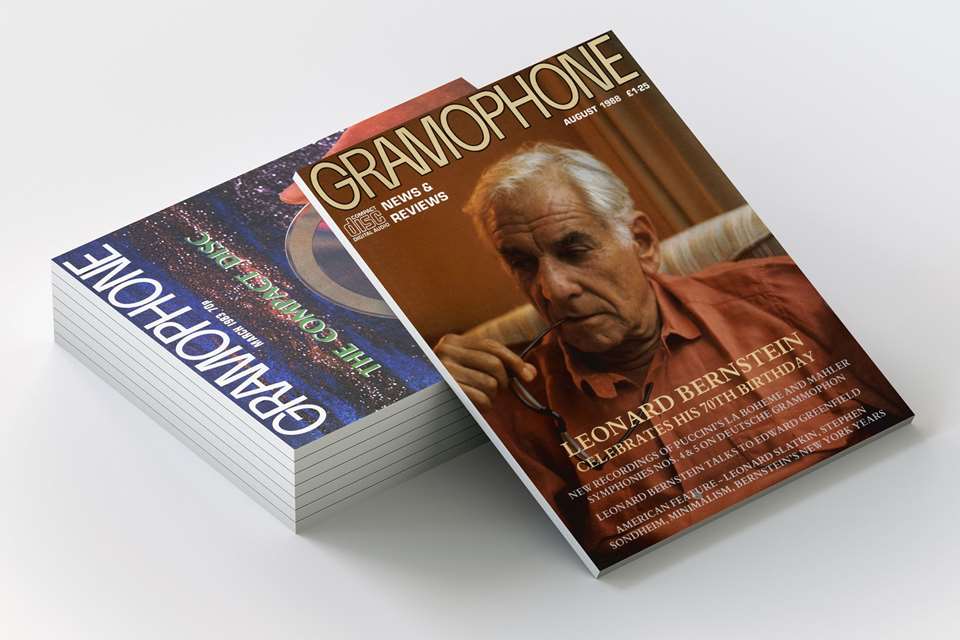Gramophone magazine: a history – the 1940s
James Jolly
Thursday, January 11, 2024
Reading the correspondence pages from the early 1940s is to be genuinely moved by not only the absolutely essential nature of music in the lives of so many soldiers, sailors and airmen, but how The Gramophone had created its own tight-knit community
Register now to continue reading
Thanks for exploring the Gramophone website. Sign up for a free account today to enjoy the following benefits:
- Free access to 3 subscriber-only articles per month
- Unlimited access to our news, podcasts and awards pages
- Free weekly email newsletter




